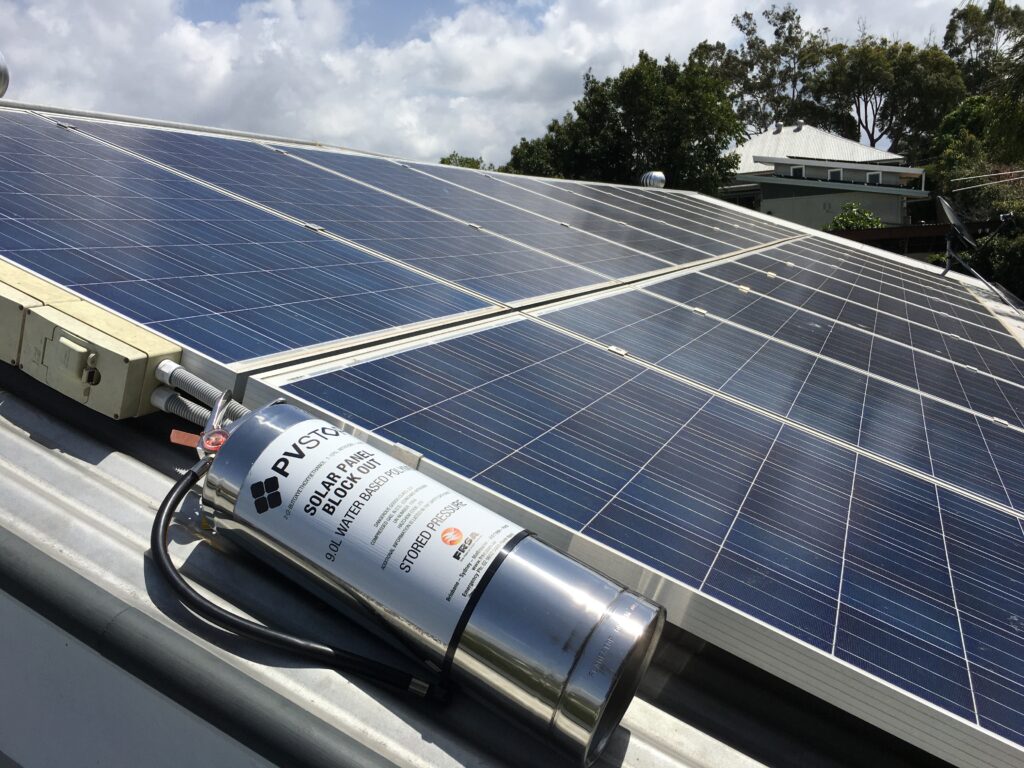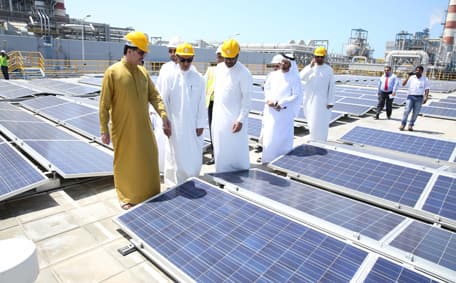
Regulators Address Hazards in Solar PV Systems and Safety Compliance
Regulators worldwide are taking action on hazards in solar PV systems improving solar safety and compliance standards.
When Florida’s firefighter unions raised concerns about rooftop solar installations, they weren’t opposing renewable energy — they were sounding an alarm about safety. Their message was simple: solar panels can’t be switched off during emergencies, creating serious hazards for firefighters and anyone working near a live system.
The debate, first reported by Florida Politics, has since become part of a growing global conversation about how to make solar PV systems safer — not only for homeowners, but also for the professionals who protect them.
A safety gap in the solar revolution
Solar power has revolutionised how we generate energy, but it’s also introduced a new kind of risk. When light hits a solar panel, it instantly begins producing direct current (DC) electricity. Even when disconnected from the grid, the panels remain live — a phenomenon known among first responders as the DC Danger Zone.
Jim Tolley, then-President of the Florida Professional Firefighters, warned that “there would be serious fire safety risks if solar panels failed to meet safety standards or are not properly installed.” That warning resonated far beyond Florida. Across the world, emergency services have encountered the same issue: during fires, storms or structural collapses, solar PV systems continue to generate electricity, placing crews and building occupants at risk.
Why existing standards weren’t enough
Firefighters and safety regulators have long pushed for better guidelines — such as rooftop access pathways and disconnect switches — but these measures don’t eliminate the source of the hazard. Panels powered by sunlight cannot be turned off. Even when isolated from inverters, damaged panels and live cabling can continue to energise, sparking or arcing when struck by debris or water.
In short, the world’s safety standards improved on paper, but the underlying danger remained: you can’t switch off the sun.
A call for real-world solutions
When first responders advocated for improved solar safety standards, they were asking for more than policy. They needed technology that could:
- De-energise power at its source – stopping energy generation at the panels themselves.
- Deploy rapidly – operable within seconds during an emergency.
- Work reliably – effective even if the system has been damaged or partially destroyed.
Traditional stopgaps like tarpaulins and firefighting foam proved unreliable. They often failed to block enough light or created additional hazards. What was needed was innovation, not improvisation.
Making solar energy safe to manage
That innovation arrived in the form of PVSTOP — an Australian-developed liquid polymer coating that isolates live panels by blocking light at its source. When sprayed onto panels, it reduces DC voltage to zero within seconds, making solar PV systems electrically safe for firefighters, technicians, and maintenance crews.
The product acts like a liquid tarpaulin that can be applied from a safe distance, remains effective for up to twelve months, and can later be peeled or rinsed off without damaging the equipment. Used by emergency services worldwide — including the London Fire Brigade and fire departments across Australia and the United States — PVSTOP has become a practical answer to a complex problem.
More details about its design and use can be found in PVStop’s Portable Pressure Vessel – Practicality section, or by visiting the FAQ page.
Safety and compliance catching up
Facility managers, insurers, and building owners are now examining not just whether systems meet standards, but how they behave during emergencies. Proven technologies that achieve source-level de-energisation are fast becoming the new benchmark.
Setting the real standard
Firefighters’ early calls for better safety weren’t about regulation for its own sake — they were about protection that works when seconds matter. Today, the question is no longer “Are solar PV systems installed to code?” but rather, “Can they be safely de-energised when it counts?”
With solutions like PVSTOP demonstrating that it’s possible to shut down solar panels at the source, regulators worldwide are beginning to close the gap between renewable energy and responder safety.


